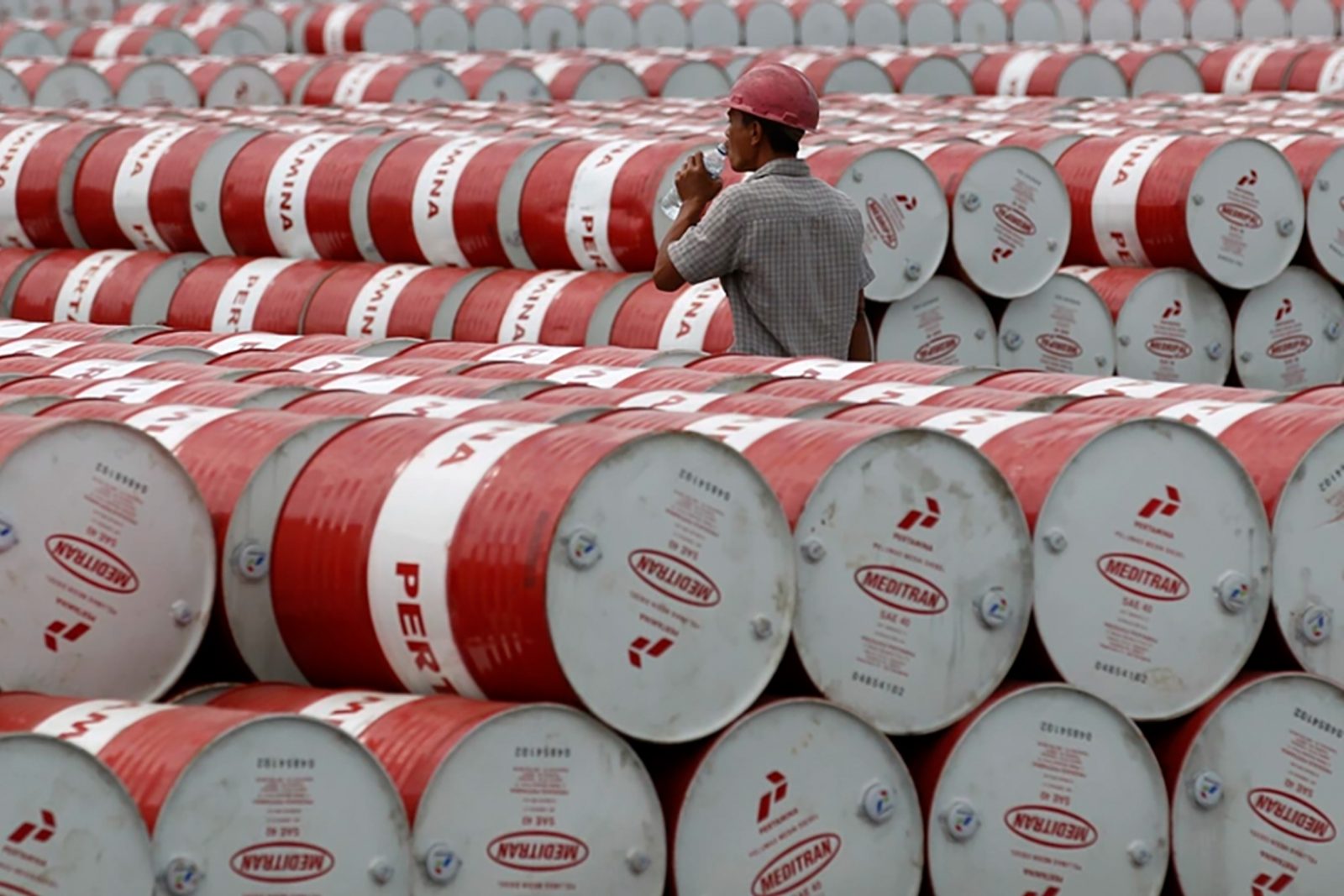Analysis of the April 2020 gold price: Is the environment favorable for a bullish breakout?


Analysis of the April 2020 gold price: Is the environment favorable for a bullish breakout?
The economic turbulence triggered by the coronavirus pandemic led to erratic daily fluctuations in the gold price throughout March. This volatility may be laying the groundwork for a potential surge to new highs in April. The gold market has been exceptionally unstable since mid-February, caught between its safe-haven status and a widespread selloff across various asset classes. While gold’s price appeared to move sideways in March, concluding the month at a similar level to its beginning, it experienced significant highs and sharp declines within a short period. In early March, gold reached its highest level since late 2012, only to incur intraday declines of around 4 percent multiple times during the month, before rebounding as April approached. This volatility is expected to persist in the short term as global economies grapple with the looming threat of recession in 2020. This situation offers profitable prospects for investors who can capitalize on the frequent fluctuations in gold prices. In our analysis of the gold market for April 2020, we summarize the key drivers behind these price fluctuations and provide insights into the latest market developments.
Gold Price Analysis in April 2020: Factors Behind Recent Moves
Entering March, spot gold was just below $1,600 per ounce, surging to levels above $1,700 for the first time in over seven years. It then experienced a sharp sell-off, dropping to $1,450 in its most significant weekly decline since 1983. However, it quickly rebounded above $1,600 per ounce. On March 23, the market recorded its largest single-day gain on record, rallying by 5.6 percent. The massive, unprecedented financial stimulus provided by central banks and governments worldwide in response to economic disruptions caused by coronavirus-related shutdowns has driven demand for physical gold as a hedge against currency devaluation. Throughout March, purchasing managers’ index (PMI) figures for manufacturing, services, and construction indicated contractions from China to Europe to the US, strengthening the bullish case for gold. Additionally, skyrocketing US jobless claims, totaling 10 million in the last two weeks of March, signaled a rapid economic slowdown in the world’s largest economy. While an initial selloff affected all asset classes due to margin calls, gold quickly regained its safe-haven status as investors flocked to the market to acquire gold bars and coins. In March, concerns arose that there might not be sufficient physical supply of 100-ounce gold bars to meet contract delivery demands, as three major refiners in Switzerland closed, and airlines responsible for transporting gold between international metal exchanges ceased operations due to government lockdowns. Open gold contracts on the CME Group-owned Comex in the US significantly exceeded the volume held in warehouses by late March, leading to concerns that there might not be enough gold transported from London to meet demand. However, a premium of up to $100 in New York prices over London prompted a rush to transfer gold from London. The London Bullion Market Association (LBMA) coordinated with accredited refiners, shipping companies, and banks to facilitate gold transport. Although liquidity issues resulted in several widened price spreads during March, investors and traders holding gold futures extended their paper contracts to the next expiration date, preventing a major delivery shortfall. This allowed the market to refocus on fundamentals. The LBMA and CME reassured the market by stating that they were “actively taking measures to ensure the continued efficient operation of global gold markets during this unprecedented time.” Gold stocks in London remained healthy, CME’s New York depositories received deliveries as planned, and stock levels neared a record high. CME introduced a new physically-delivered gold contract offering flexibility with 100-ounce, 400-ounce, or 1-kilogram bars, further alleviating supply concerns. Swiss refiners also announced partial reopenings, easing worries about supply disruptions. Inflows into gold exchange-traded funds (ETFs) have steadily risen for over a week, with the volume of metal held in physically-backed ETFs increasing by 10 percent so far this year, according to analysts at BMO Capital Markets.Technical Analysis and Outlook
From a technical perspective, spot gold breached the $1,660 per ounce resistance level on Monday, indicating the potential for further gains. Gold analysis for April 2020 suggests initial downside support at $1,568 per ounce. A break below the critical $1,450 per ounce resistance level could open the door to more significant declines. On the upside, if the market breaks out, the next resistance level for gold in April 2020 might be at $1,800 per ounce. The technical landscape appears favorable for a potential rally, with brokerage firm Blue Line Futures noting the completion of a bullish inverse head and shoulders pattern. Such a pattern could trigger substantial buying momentum when the price surpasses $1,700. Despite relative stability in equity markets at the start of the week, the economic uncertainties, combined with historic measures by the Federal Reserve and Washington, provide favorable conditions for the next bullish phase in the gold market. Gold typically exhibits an inverse relationship with the US dollar, but both have moved in tandem recently, reflecting a strong preference for safe-haven assets. Analysts anticipate this trend to continue in the short term. While acknowledging potential challenges in the near future, such as renewed panic and deflationary pressures, some experts believe that a multi-year bull market for gold is taking shape. The combination of abundant monetary and fiscal stimulus, near-zero interest rates, and concerns about currency devaluation suggests that investors will continue to seek refuge in gold, particularly if real global interest rates remain negative. Analysts at TD Commodities believe that “normalizing liquidity conditions, negative real rates, low cost of carry, and concerns surrounding fiat currency debasement” could drive the gold price toward $1,800 per ounce in the near future. They even consider the possibility of gold reaching $2,000 per ounce by 2021, as the global economy stabilizes, loose monetary policies persist, and fiscal deficits soar.Get back to Seikum News 🤓




